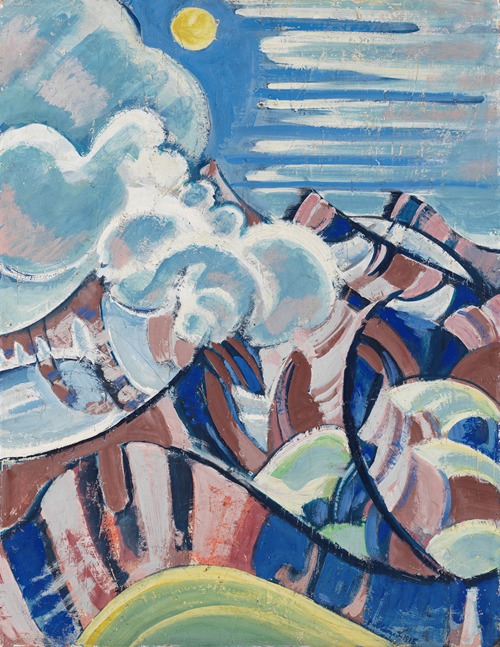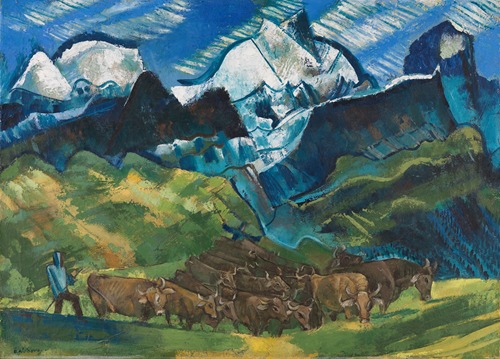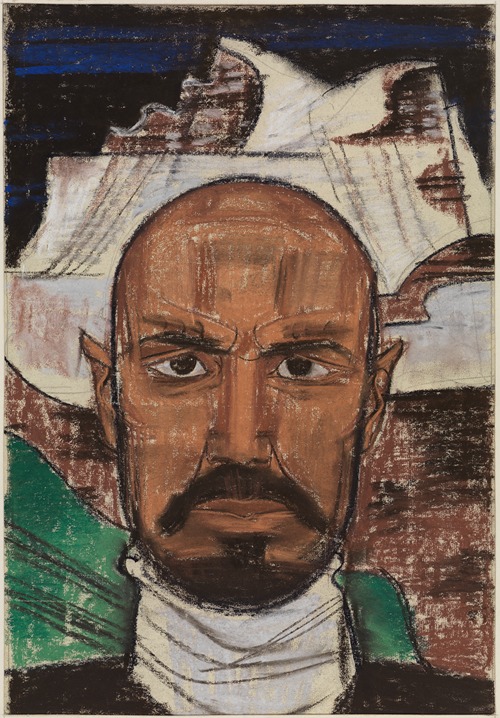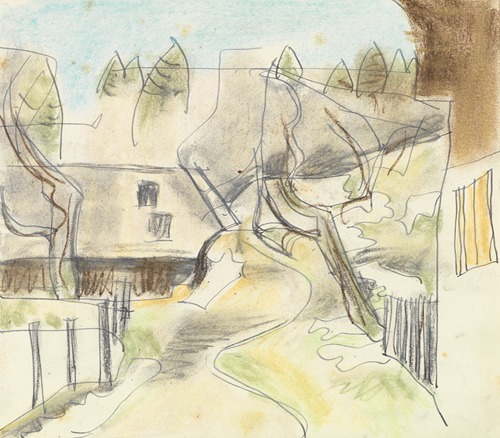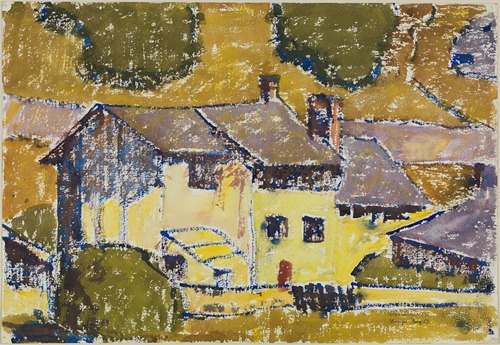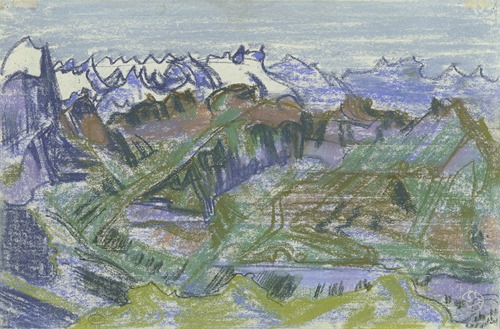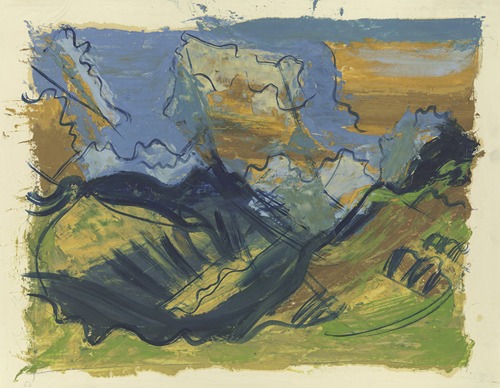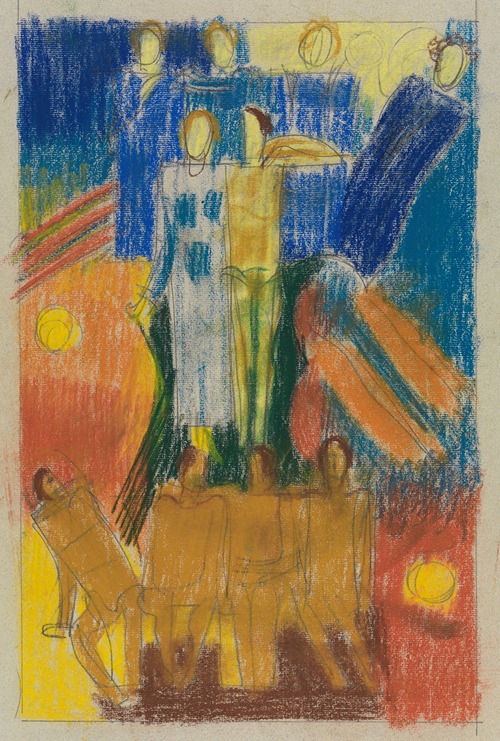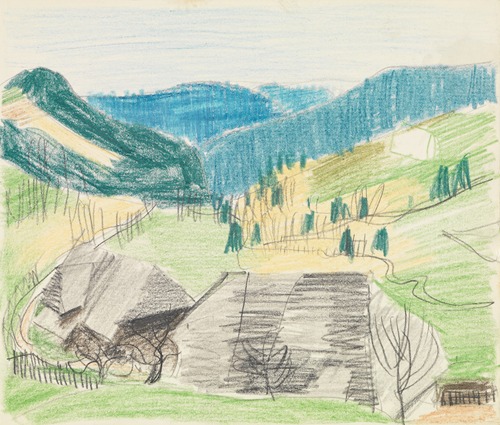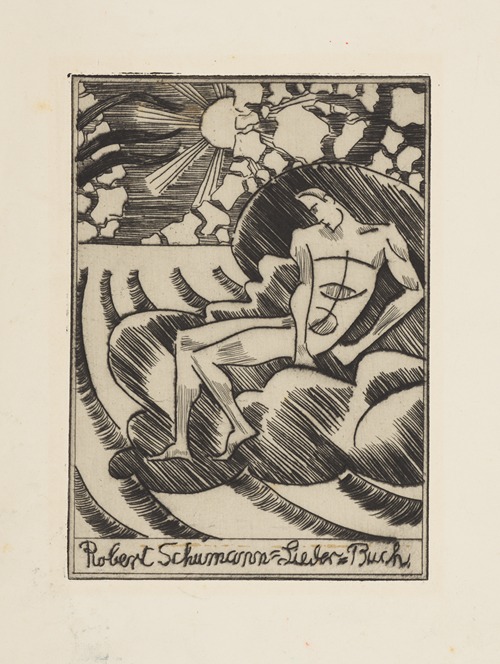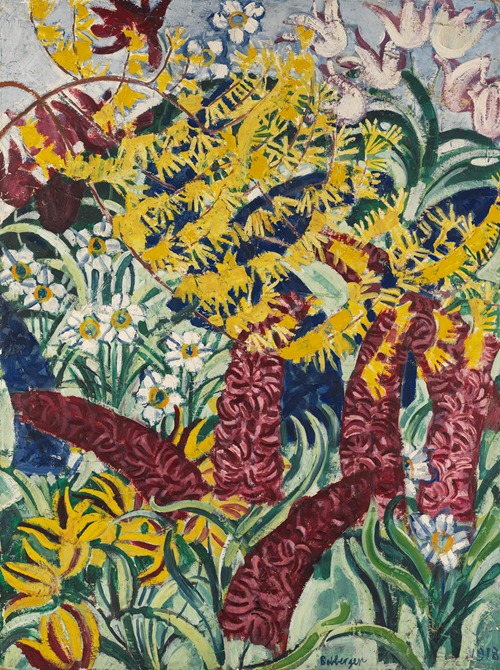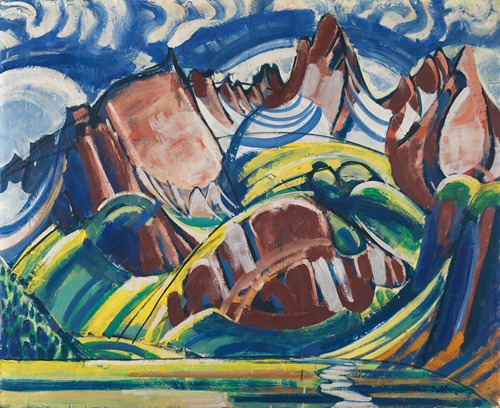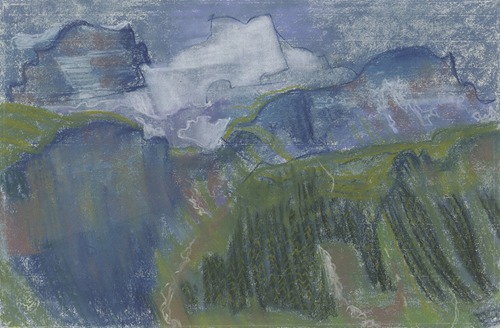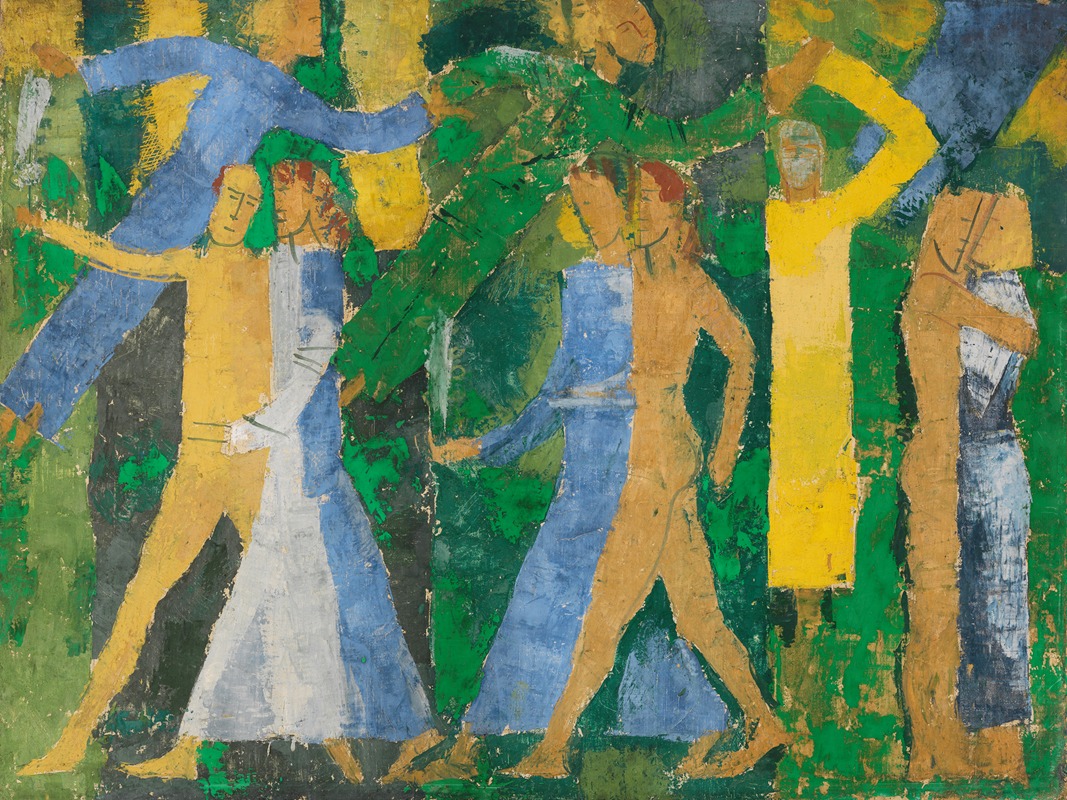
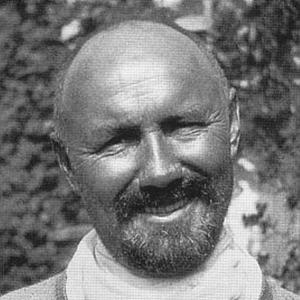
August Babberger was a German painter. He was one of the protagonists of Expressionism and one of the most important artistic personalities of Classical Modernism in southwest Germany. Nevertheless, he is one of the almost forgotten artists of the early 20th century.
The son of a carpenter, August Babberger was born in Hausen im Wiesental in 1885. He spent his most important school years in Basel, where his parents moved in 1895. His talent for painting was noticed early on at secondary school. He later became an apprentice to a master painter. The young journeyman painter then traveled widely. In Munich, he tried to get into the art academy, but failed.
In 1908, Babberger worked as a painter in Karlsruhe. His meeting with Hans Thoma there, to whom he showed his pen and ink drawings, was decisive. Thoma advised the 23-year-old to stay in Karlsruhe and study at the academy there. Babberger attended the etching class and received a scholarship to the International Art School in Florence the following year through Thoma's mediation. Babberger spent two winters there, painting and drawing mainly nudes. During these years, it was particularly important for him to gain the personal, lifelong friendship of the Graubünden painter Augusto Giacometti in addition to his artistic training.
In addition to his interest in modern mural art, his search for the original in nature led him to discover pure landscape painting in the Swiss Alps from 1915 onwards. In temporal and spatial proximity to Ernst Ludwig Kirchner, Babberger spent regular summer stays in an alpine hut on the Klausen Pass in the canton of Uri from 1918 onwards.
After his marriage to the reverse glass painter and poet Anna Maria Tobler from Lucerne, Babberger moved to Frankfurt am Main. In 1919, he was a founding member of the Darmstadt Secession. In 1920, he was appointed Professor of Decorative Painting at the newly founded Landeskunstschule in Karlsruhe. He was director of this academy from 1923 to 1930.
His art was already a bone of contention for some conservatives at this time, and soon after the seizure of power he was defamed as a "degenerate artist" by decree on July 25, 1933 and removed from his teaching position. His colleague and fellow countryman from the Wiesental, the painter Hans Adolf Bühler, who was director of the academy at the time, played an inglorious role in this. Babberger moved to his wife's homeland, Switzerland. Years earlier, Babberger had repeatedly spent his summers on the Klausen Pass in the canton of Uri. It was here that he met the artist Erna Schillig, whom he made his model student and who later became his lover. Babberger created important works of art together with Erna Schillig. Together they painted the Höfli Chapel in Altdorf in 1932 and created the artist's book Vom Urnersee über den Klausenpass with woodcuts by Schillig and texts by Babberger. Schillig and Babberger also wrote the book Das Paradies der Höhensucher. Summer notes from the Klausen Pass. Not yet 51 years old, he died in 1936 in Altdorf, Canton Uri, as a result of neck surgery.
Babberger's artistic estate was transferred to Altdorf and thus saved from the threat of seizure by the National Socialists. However, those in power in Germany continued to persecute the painter even after his death. In 1937, nine of his paintings were confiscated from public collections as part of the Nazi "Degenerate Art" campaign.

